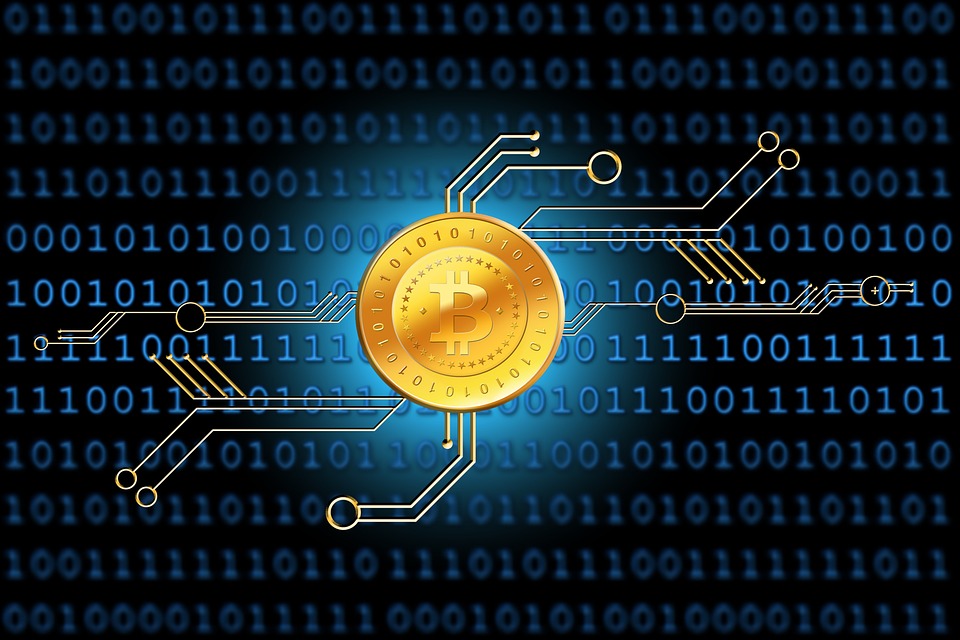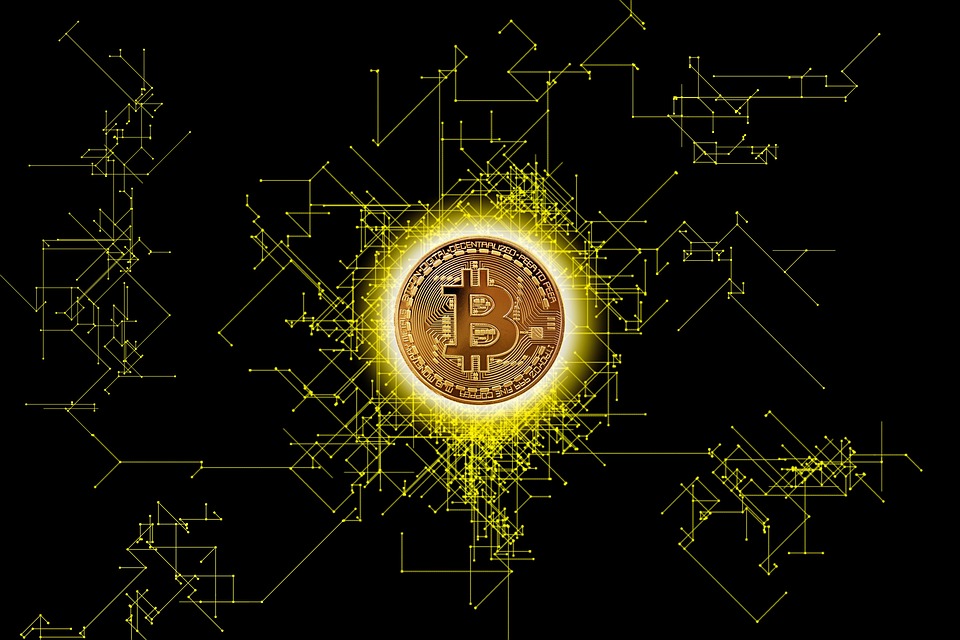Cryptocurrencies have rapidly evolved from a niche technological concept to a mainstream financial instrument. With thousands of cryptocurrencies available in the market today, it can be overwhelming for investors to decide where to start. This guide explores the top 10 cryptocurrencies, offering insights into their unique features and potential investment opportunities.
Bitcoin (BTC)
Bitcoin, the first and most well-known cryptocurrency, was created in 2009 by an anonymous entity known as Satoshi Nakamoto. It operates on a decentralized network using blockchain technology, which ensures transparency and security. As a digital gold, Bitcoin is often seen as a store of value and a hedge against inflation.
Ethereum (ETH)
Ethereum is a decentralized platform that enables developers to build and deploy smart contracts and decentralized applications (dApps). Launched in 2015 by Vitalik Buterin, Ethereum has become the foundation for numerous blockchain projects and innovations, including DeFi and NFTs. Its native currency, Ether, is used to power transactions and computational services on the network.
Binance Coin (BNB)
Binance Coin was initially launched as a utility token for the Binance cryptocurrency exchange. It has since evolved to power the Binance Smart Chain, a blockchain network that supports smart contracts and dApps. BNB is used for transaction fees, trading fee discounts, and participation in token sales on the Binance platform.
Tether (USDT)
Tether is a stablecoin that aims to provide stability in the volatile cryptocurrency market. It is pegged to the US dollar, meaning each USDT token is backed by one dollar in reserve. Tether is widely used for trading and as a medium of exchange between cryptocurrencies and fiat currencies.
Cardano (ADA)
Cardano is a blockchain platform that emphasizes security, scalability, and sustainability. Founded by Charles Hoskinson, one of Ethereum’s co-founders, Cardano uses a unique proof-of-stake consensus mechanism called Ouroboros. ADA, its native cryptocurrency, is used for transactions and staking within the network.
Solana (SOL)
Solana is a high-performance blockchain platform designed for fast and scalable decentralized applications. It uses a unique consensus mechanism called Proof of History (PoH) to achieve high throughput and low transaction costs. Solana’s ecosystem has grown rapidly, supporting DeFi projects, NFTs, and more.
XRP (XRP)
XRP is the native digital asset of the Ripple network, which aims to facilitate fast and cost-effective cross-border payments. Unlike most cryptocurrencies, XRP does not rely on traditional blockchain mining. Instead, transactions are validated through a consensus protocol, making it energy-efficient and scalable.
Polkadot (DOT)
Polkadot is a multi-chain platform that enables different blockchains to interoperate and share information. Created by Dr. Gavin Wood, another Ethereum co-founder, Polkadot aims to create a decentralized web where data and assets can move seamlessly across different blockchains. DOT is used for governance, staking, and bonding within the network.
Dogecoin (DOGE)
Originally created as a meme cryptocurrency, Dogecoin has gained popularity due to its active community and widespread adoption for tipping and charitable donations. Despite its humorous origins, Dogecoin has become a serious contender in the crypto market, with a strong presence on social media and support from high-profile figures.
USD Coin (USDC)
Similar to Tether, USD Coin is a stablecoin pegged to the US dollar. It is fully backed by reserves and regularly audited to ensure transparency. USDC is widely used for trading, lending, and as a stable medium of exchange in the crypto ecosystem.
Conclusion
The world of cryptocurrencies is vast and constantly evolving. Understanding the top players in the market can provide valuable insights and help investors make informed decisions. While this guide covers the top 10 cryptocurrencies, it’s essential to conduct thorough research and consider your financial goals and risk tolerance before investing in any digital asset.




